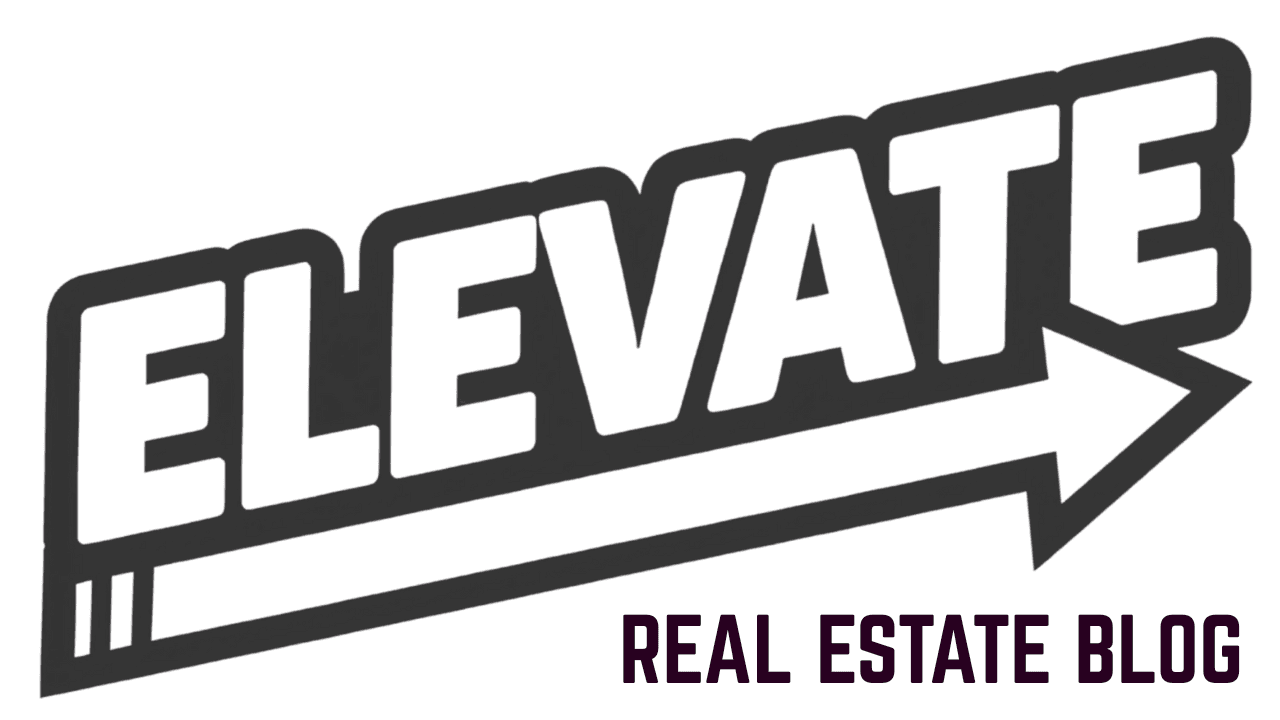API integrations transform real estate applications from basic listing platforms into comprehensive business tools. These integrations connect your app to Multiple Listing Services (MLS), property databases, mapping services, and financial tools through Application Programming Interfaces.
Real estate APIs enable automatic data exchange between different software systems. Your app retrieves current property information, market analytics, and client data without manual input. This automation reduces errors and keeps information current across all platforms.
Core Benefits of Real Estate API Integration
Real estate APIs deliver measurable business advantages. Real-time data access ensures your listings remain current. Market analytics provide competitive insights. Automated workflows save hours of manual data entry.

Property Data Access
APIs connect your app to comprehensive property databases. You get listing details, photos, pricing history, and property characteristics. MLS integration provides access to active listings with automatic updates.
Market Intelligence
Advanced APIs deliver market trends, comparable sales data, and neighborhood analytics. This information supports pricing strategies and market positioning. Automated valuation models provide instant property assessments.
Client Management
APIs synchronize client data across CRM systems, email platforms, and communication tools. Lead information flows automatically from your website to your management system. Follow-up workflows trigger based on client actions.
Operational Efficiency
Integration eliminates duplicate data entry. Property information updates across all connected systems simultaneously. This consistency reduces errors and saves time.
Essential Real Estate APIs
Different APIs serve specific functions in real estate applications. Understanding each API's strengths helps you build comprehensive solutions.
MLS APIs
Multiple Listing Service APIs provide access to active property listings. These APIs require MLS membership and compliance with data-sharing regulations. Regional MLS systems offer different data formats and access levels.
Zillow API
Zillow's API delivers property valuations, listing history, and market data. The platform covers residential properties nationwide. Integration requires API key registration and usage compliance.
Realtor.com API
This API provides MLS data with national coverage. Features include active listings, agent information, and market analytics. The platform offers both free and premium access tiers.

Google Maps API
Google Maps integration adds location intelligence to property listings. Features include interactive maps, Street View integration, and proximity analysis. Geocoding capabilities convert addresses to coordinates for mapping applications.
ATTOM Data API
ATTOM provides comprehensive property records, ownership information, and transaction history. The platform covers tax records, foreclosure data, and neighborhood statistics. This API supports detailed property research and market analysis.
CoreLogic API
CoreLogic offers property valuation, risk assessment, and market analytics. The platform serves professional real estate applications with enterprise-grade data. Integration supports complex valuation models and risk analysis.
Implementation Strategy
Successful API integration requires planning and technical preparation. Start by identifying your specific data needs and user workflows.
Planning Phase
Define your application's core functions. Identify required data sources and update frequencies. Map data flows between different systems. Document compliance requirements for each API.
Technical Preparation
Set up development environments with API testing tools. Secure API keys and access credentials. Configure data storage systems for API responses. Implement error handling and backup procedures.
Data Format Considerations
Real estate APIs use different data formats and standards. US-based systems typically use numeric price formats without currency symbols. Date formats vary between APIs. Address standardization ensures consistent geocoding results.

Compliance Requirements
MLS integration requires adherence to data-sharing rules. Some APIs restrict data usage and redistribution. User authentication may be required for certain data access levels. Monitor API usage limits to avoid service interruptions.
Integration Best Practices
Effective API integration goes beyond basic data retrieval. Implement monitoring, error handling, and optimization strategies.
Data Quality Management
Validate API responses before storing data. Implement data cleaning procedures for inconsistent formats. Monitor data accuracy and report discrepancies. Maintain backup data sources for critical information.
Performance Optimization
Cache frequently accessed data to reduce API calls. Implement batch processing for large data updates. Use webhooks for real-time updates when available. Monitor API response times and optimize queries.
Security Measures
Store API keys securely and rotate them regularly. Use HTTPS for all API communications. Implement rate limiting to prevent abuse. Monitor API access logs for unusual activity.
Error Handling
Plan for API downtime and service interruptions. Implement retry logic with exponential backoff. Provide user feedback when data is unavailable. Maintain offline functionality for critical features.
Advanced Integration Strategies
Modern real estate applications combine multiple APIs for comprehensive functionality. This approach requires careful orchestration and data management.
Multi-API Architecture
Combine property data APIs with mapping services and financial tools. Aggregate data from multiple sources for complete property profiles. Implement data synchronization across different API sources.
Workflow Automation
Trigger actions based on API data changes. Send notifications when new listings match client criteria. Update CRM records when property status changes. Generate reports from combined API data.

Real-Time Processing
Use webhooks for immediate data updates. Implement event-driven architectures for responsive applications. Process high-volume data streams efficiently. Maintain data consistency across real-time updates.
Getting Started with API Integration
Begin API integration with a focused approach. Choose one or two essential APIs and build from there.
Initial Setup
Register for API access with your chosen providers. Review documentation and usage requirements. Set up testing environments and development tools. Create basic integration prototypes.
Progressive Implementation
Start with read-only data access for listings and property information. Add search and filtering capabilities. Integrate mapping and location services. Implement advanced features like automated valuations.
Testing and Validation
Test API integrations thoroughly before production deployment. Validate data accuracy and completeness. Monitor performance under different load conditions. Document integration procedures and troubleshooting steps.
For real estate professionals looking to streamline their API integration and data management processes, PWRU's Pulse Intelligence offers comprehensive tools that work alongside your existing API integrations. The platform helps agents organize and act on the data flowing through their various API connections, turning raw property and market information into actionable business insights.
API integrations represent the foundation of modern real estate technology. By connecting your applications to comprehensive data sources, you create powerful tools that serve both agents and clients. Start with essential integrations and expand functionality as your needs grow. Proper planning, implementation, and maintenance ensure your API integrations deliver lasting value to your real estate business.




